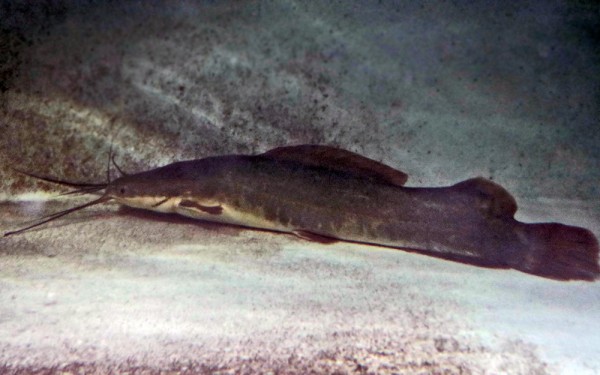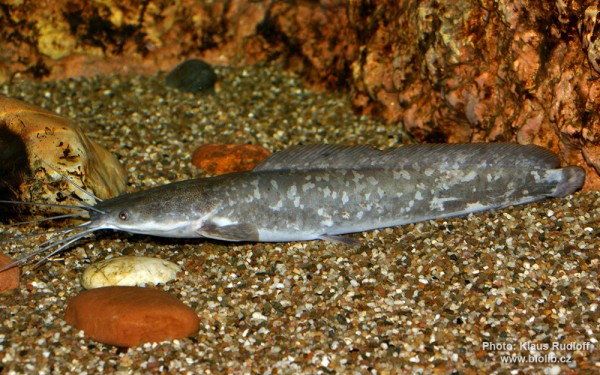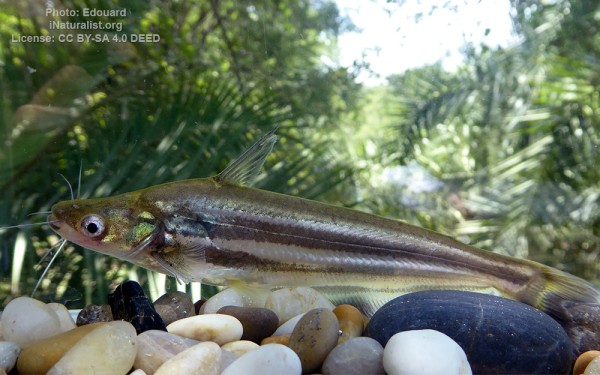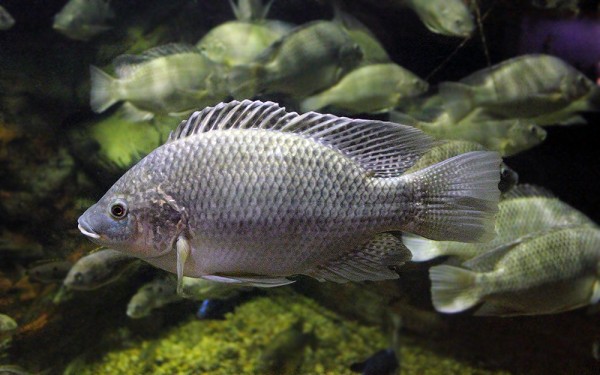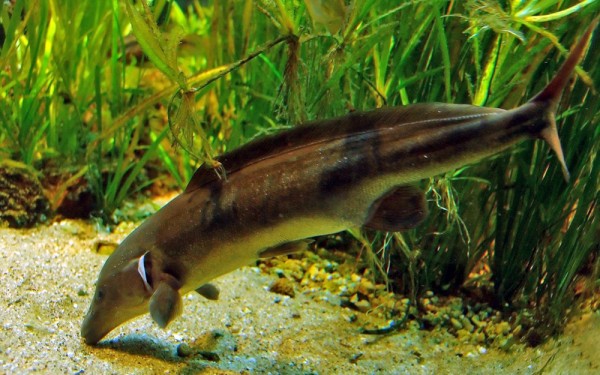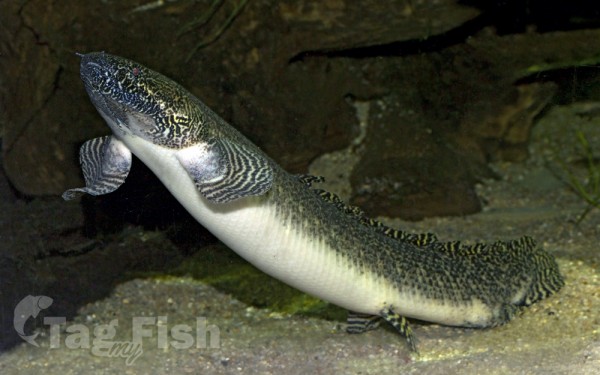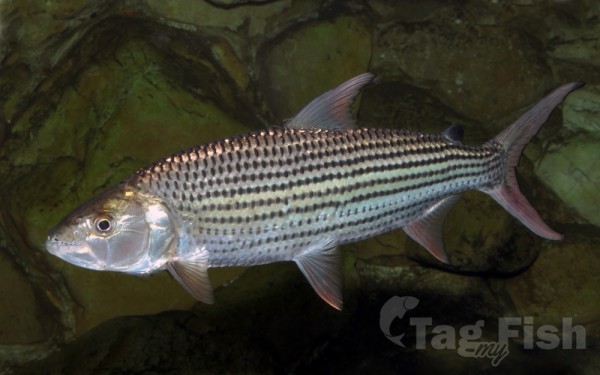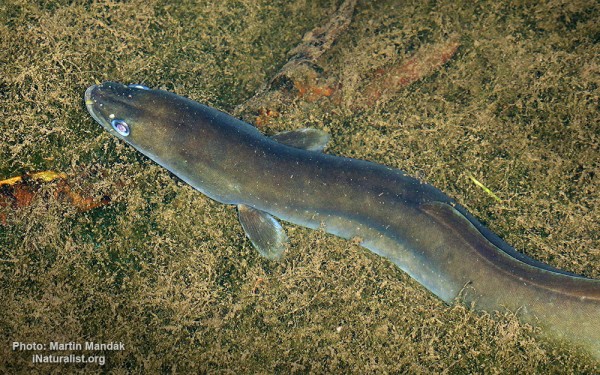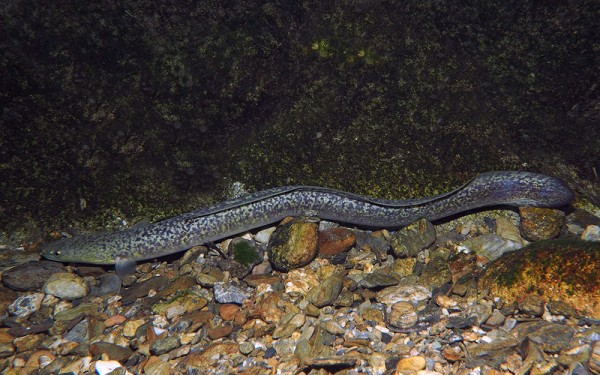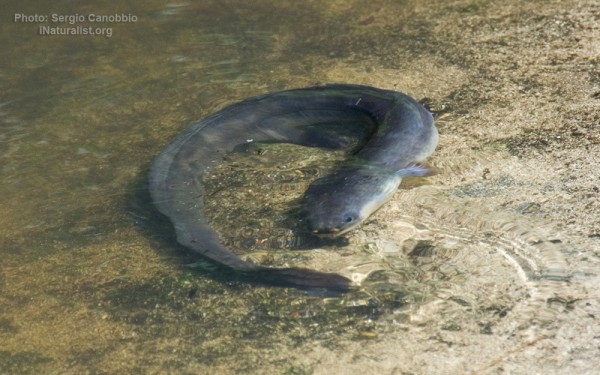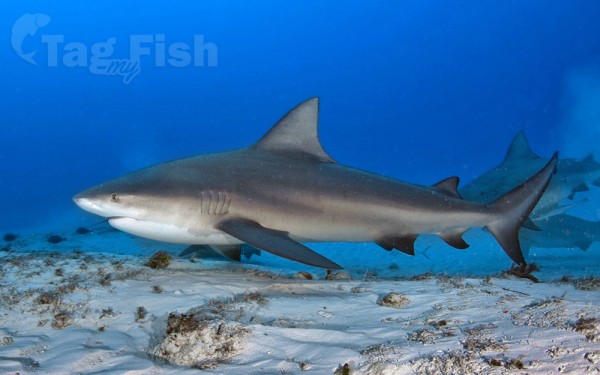Lake Kariba

Siluriformes - Catfishes
Cichliformes - Cichlids
Osteoglossiformes - Bony tongues
Ceratodontiformes - Lungfishes
Characiformes - Characins
Anguilliformes - Eels and morays
Carcharhiniformes - Ground sharks
Siluriformes - Catfishes
Cichliformes - Cichlids
Osteoglossiformes - Bony tongues
Ceratodontiformes - Lungfishes
Characiformes - Characins
Anguilliformes - Eels and morays
Carcharhiniformes - Ground sharks
Lake Kariba is the world’s largest artificial lake and reservoir by volume. It lies 1,300 kilometres (810 mi) upstream from the Indian Ocean, along the border between Zambia and Zimbabwe. Lake Kariba was filled between 1958 and 1963 following the completion of the Kariba Dam at its northeastern end, flooding the Kariba Gorge on the Zambezi River.
Ecology
During the filling-up phase of the lake, the water was high in nutrients coming from decomposing, inundated vegetation, creating a thick layer of fertile soil on land that became the lake bed. As a result, the ecology of Lake Kariba is vibrant. A number of fish species have been introduced to the lake, notably the sardine-like kapenta (transported from Lake Tanganyika), which now supports a thriving commercial fishery.
Other inhabitants of Lake Kariba include Nile crocodiles and hippopotami.
Gamefish, particularly tigerfish, which was among the indigenous species of the Zambezi river system, now thrive on the kapenta, which in turn encourages tourism. Both Zambia and Zimbabwe are now attempting to develop the tourism industry along their respective coasts of Lake Kariba.
Fish eagles, cormorants and other water birds patrol the shorelines, as do large numbers of elephants and other big game species including lion, cheetah, leopard, buffalo and a myriad of smaller plains game species. The southern Matusadona National Park was once a haven for black and white rhinoceros, but recent poaching activity has dramatically reduced their numbers.
